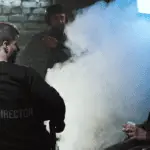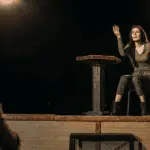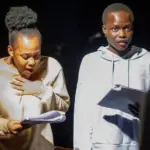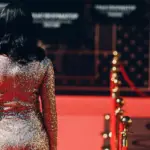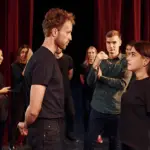Acting is one of the most difficult professions, requiring an immense amount of talent and skill, as well as years of training and experience.
As our understanding of acting and performance has grown, certain aspects of the craft have been codified, theorized, and experimented with to improve the authenticity of an actor’s performance, as well as the education of new actors who are learning their craft.There are several different approaches to acting, with over five different schools of thought on how acting works, and how best to approach it.
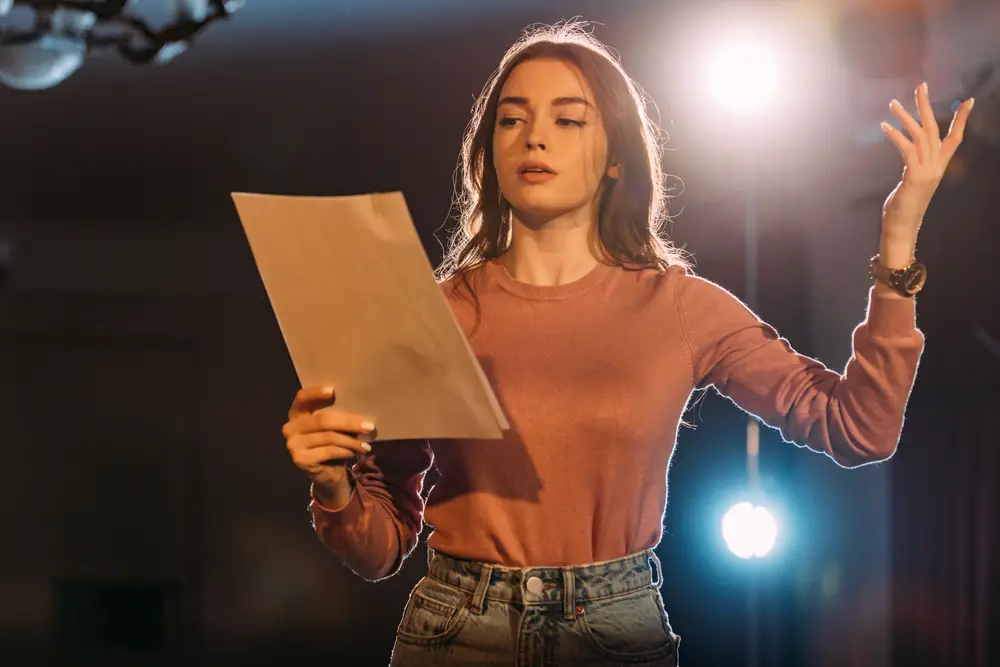
The most famous and well-known type of acting is known as the Stanislavski Method, which is a system of training and performance-focused on bringing a sense of realism to the acting craft.
It is one of the first styles of acting to theorize how actors could move past the superficial aspects of performance that can sometimes make acting feel inauthentic.Stanislavski introduced these ideas of realism by requiring actors to explore their character’s needs, wants, motivations and feelings.
Stanislavski then proposed that actors should then use their own life experiences and emotions to relate to their character, using their own real emotions to bring life and authenticity to the character’s own feelings and behaviors. This type of acting is often used by other schools of thought, but not all rely on Stanislavski’s theory.The Meisner Technique is another famous type of acting that is focused on other actors in the scene and uses repetition to train actors in using their responses and the disposition of other actors around them to help build a natural and believable performance.Another famous technique is Method Acting, which builds on Stanislavski’s school of thought and goes further, encouraging actors to reimagine themselves, their life, their thoughts, and feelings as if they were the characters they are portraying.
A hallmark of method acting is often extreme changes in weight and appearance, as well as lifestyle changes, with some actors taking up the professions or lifestyles of their portrayed character.There is also the Chekhov technique, devised by Michael Chekov, whose uncle was the famous playwright Anton Chekov. Originally Chekov trained under Stanislavski but slowly began to take issue with this style of acting and gradually formulated his own ideas about how to produce artful and meaningful performances. His ideas stemmed from a more subconscious, less empirical approach to acting, using physical gestures to reconceive and reinforce the emotions needed to build a performance. There is also the Viola Spolin technique which is based entirely on improvisation and encourages actors to react as spontaneously as possible, responding in a similar manner to their own natural responses. This is a popular technique used in improv theatre, where reacting to other actors is the primary device used to develop performance.
How do I find my acting type?
The most obvious and important thing is to try as many techniques as possible. This will enable you to find what works best for you, and practicing many different techniques will help you to understand the whole craft of acting, as well as make you a more flexible performer able to adapt to various situations and roles. Another benefit of trying many different types of acting is that it will make you a versatile prospect, helping you to build confidence and improve your overall acting skills, which in turn will increase your chances of landing roles and understanding what writers and directors will be expecting from you and your abilities.
What actors use the Stanislavski method?
In a sense, all actors use Stanislavski’s method, as it is in many ways the rosetta stone of organized acting theory, the touchstone of all later acting techniques and styles. Its founding status makes it the foundation of many styles of acting, particularly the later style of method acting.
Some of the most famous and well-known users of Stanislavski’s method are Marlon Brando, Al Pacino, Robert De Niro, Daniel Day-Lewis, and Marilyn Monroe.
What is modern acting?
Modern acting stems from Stanislavski and his theories which were first composed in the early 20th century. These theories were built upon and developed by students of Stanislavski, which gave rise to other techniques such as those developed by Lee Strasburg and Stella Adler.
Modern acting is in a sense a multidisciplinary profession that not only requires a great deal of talent and study but a strong understanding of human psychology.
What is the best acting technique?
The best acting technique is the one that enables an actor to achieve their best performance, and that is appropriate for the role and creative vision of the project whether it be a film, a stage play, or any other medium. While Stanislavski’s method is the most ubiquitous and fundamental technique that all actors study, it may not always be possible to use, or for all actors to understand and utilize effectively.
As mentioned earlier, the key is experimenting with techniques and finding what helps you to perform at your best.
Always keep in mind that the wider your knowledge of acting and its techniques the more robust your capabilities will be and the easier you will be able to adapt to difficult roles or situations.


